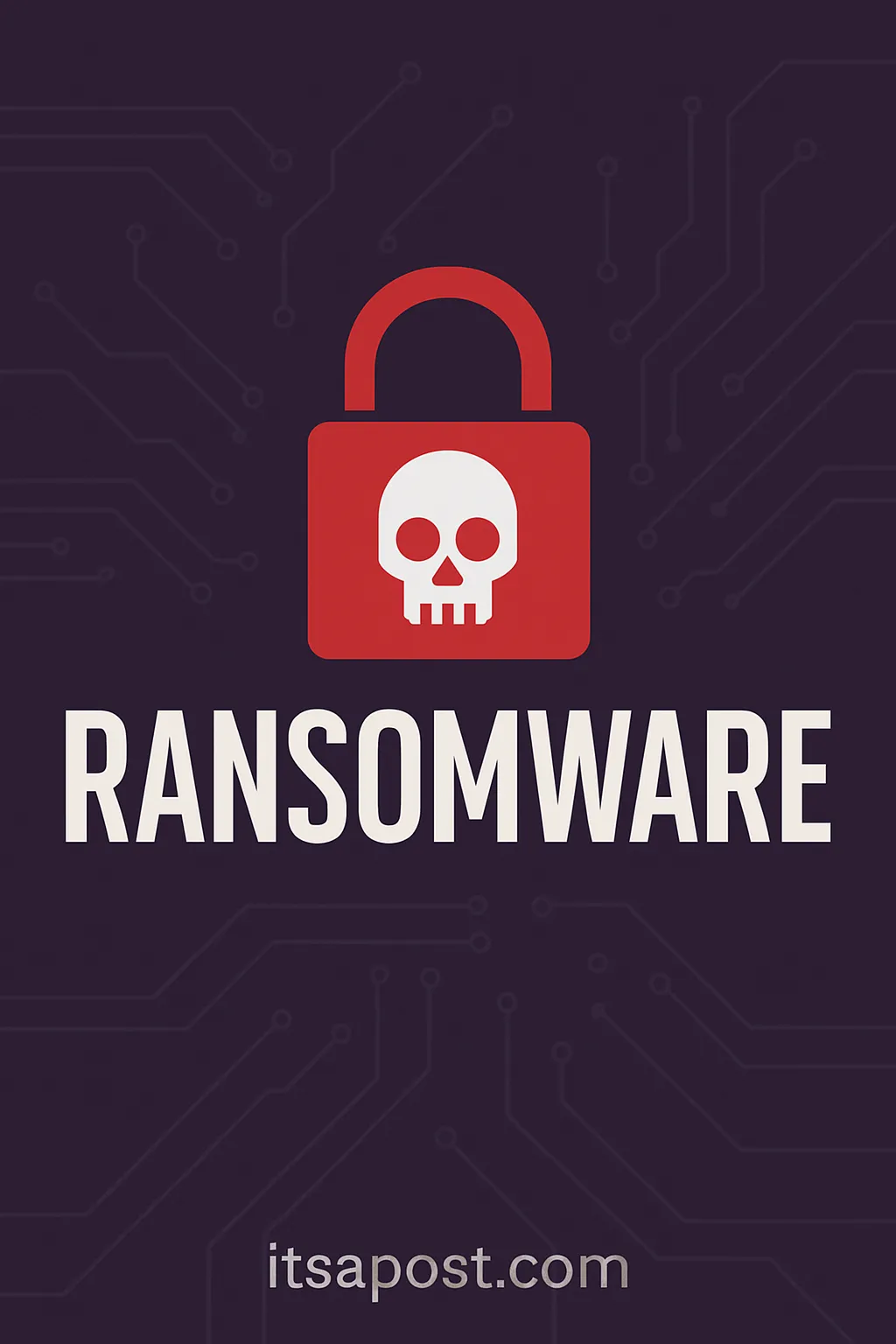Understanding the Threat of Ransomware and Defensive Strategies
Ransomware attacks have become a significant cybersecurity threat to individuals, businesses, and governments worldwide. This type of malicious software (malware) restricts access to the infected system's data, typically by encrypting it, and demands a ransom to restore access. The frequency and sophistication of these attacks are on the rise, making understanding and preparedness essential.
What is Ransomware?
Ransomware is a form of malware that encrypts a victim's files, making them inaccessible. The attacker then demands a ransom from the victim to restore access to the data upon payment. Users are shown instructions for how to pay a fee to get the decryption key. The costs can range from a few hundred dollars to thousands, payable in Bitcoin.
Recent Ransomware Attacks
In recent years, ransomware attacks have caused significant disruptions worldwide. For instance, the NPR reported an attack in July 2021 that paralyzed the networks of at least 200 US companies.
More severe, the Global ransomware attack in Ukraine demonstrates the potential global reach of these threats.
Preventing Ransomware Infections
Preventing ransomware infections requires vigilance and proactive cybersecurity measures. Some recommendations include:
- Regularly updating software and systems to patch security vulnerabilities.
- Using robust antivirus software and keeping it updated.
- Educating employees about the risks of phishing scams and suspicious links.
- Regularly backing up data and storing it independently from local networks.
Case Study: Medusa Ransomware
The Medusa ransomware recently spotlighted in news reports is known for its destructive capability and rapid proliferation across networks, threatening both public and private sectors.
Analysis and Insights
The arrest of a Russian national linked to the LockBit ransomware, as reported by Office of Public Affairs, demonstrates the international cooperation required to combat these cyber threats.
Conclusion and Takeaways
The evolving nature of ransomware attacks necessitates continuous learning and adaptation of cybersecurity measures. For individuals, keeping software up-to-date and backing up data regularly are critical steps. For businesses, investing in advanced cybersecurity tools and regular training for employees are indispensable strategies against ransomware.

